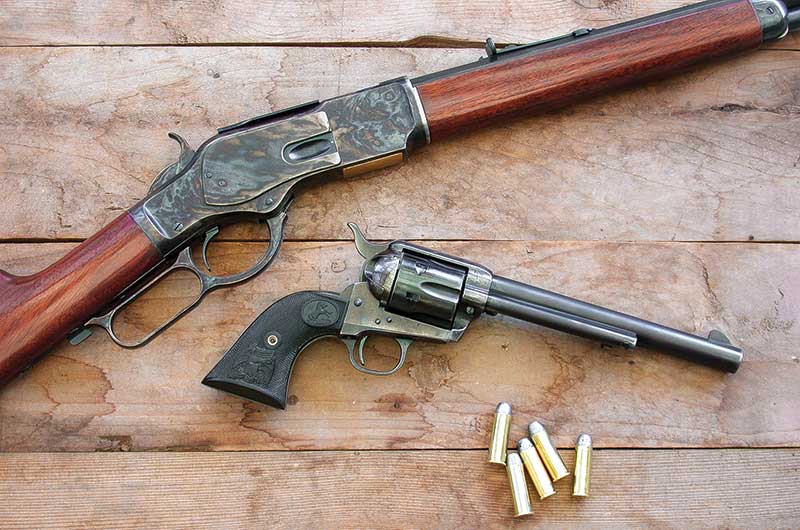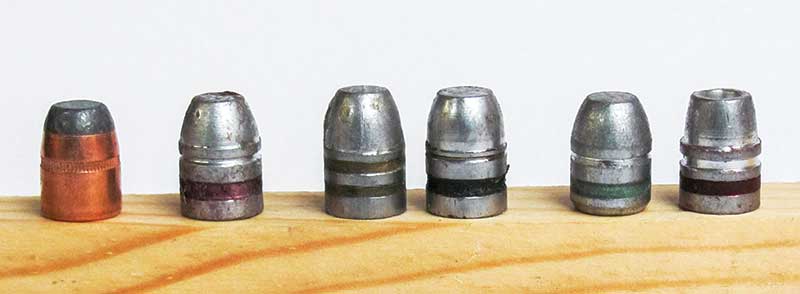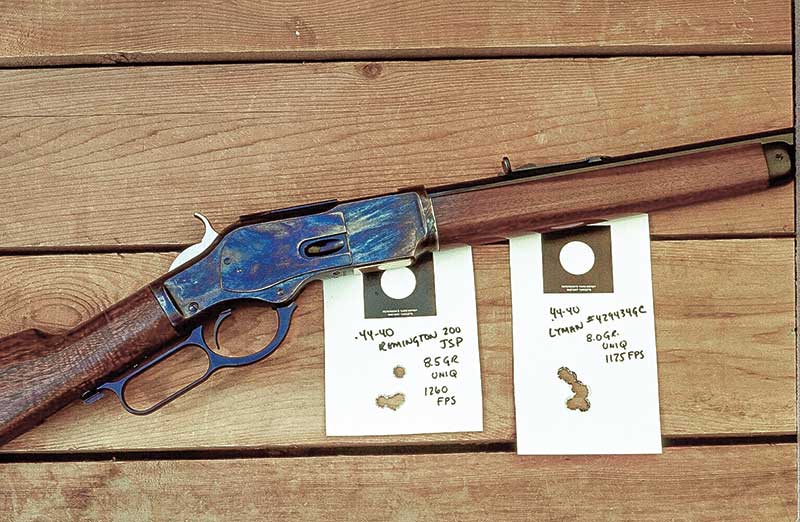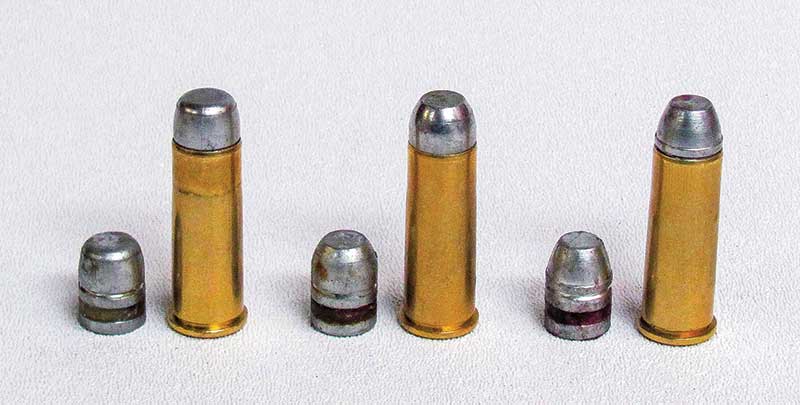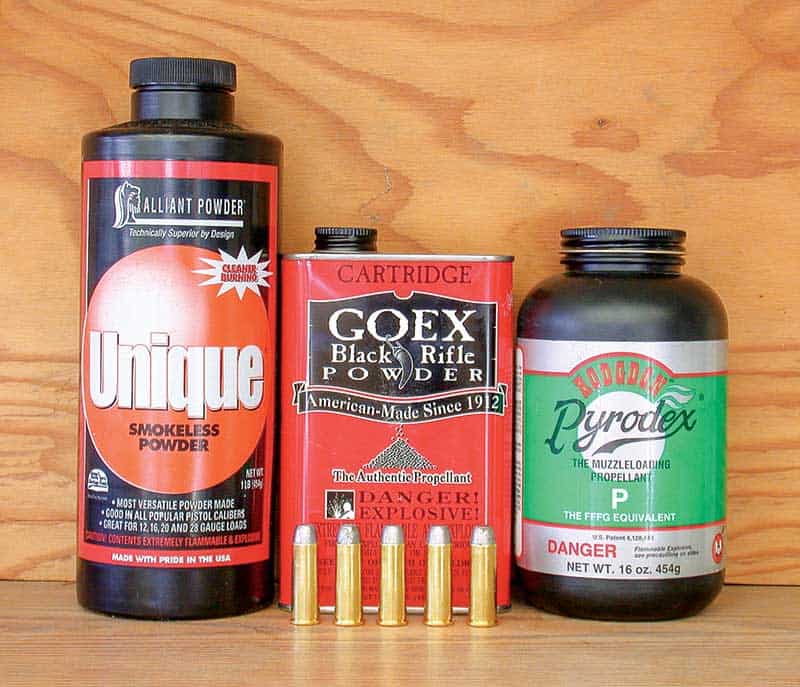Playing Favorites
A longtime favorite .44 WCF load of mine is actually the first load I tried more than 60 years ago. It consists of the Lyman #42798 bullet, patterned after the original from the 1870s, over 10.0 grains of Unique for 1,421 fps and 1-1/8" group for three shots at 50 yards. A slightly milder load coming in 200 fps slower while exhibiting the same accuracy, is assembled using 8.0 grains of Unique. The shorter barreled version with this latter load also shoots exceptionally well, with the same accuracy, at a muzzle velocity of 1,171 fps.
The Model 1892 is a very strong action and in my old Lyman Cast Bullet Manual there are cast bullet loads for the .44-40 in the Winchester ’92 consisting of the #42798 (now #427098) bullet at 1,900 fps and the 215-gr. #429215GC at 1,850 fps with both assembled with #2400. Obviously, these were accepted loads at the time and they didn’t have to take a backseat to any .44 Magnum load.
